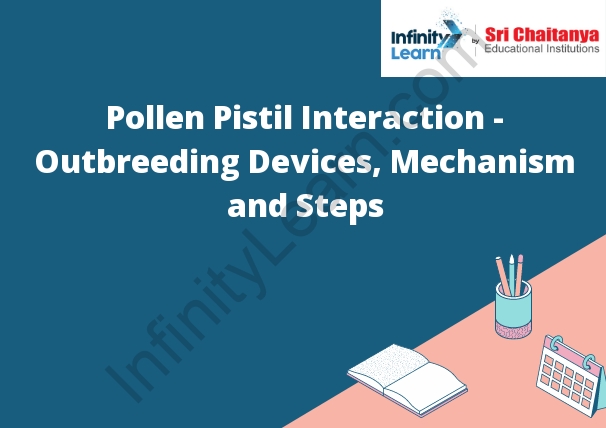Table of Contents
What is Pollen Pistil Interaction?
When pollen from one plant fertilizes the pistil of another plant, it is called pollination. Pollination can occur when the pollen is transferred by wind, insects, or animals.

Relation Between Pollen Pistil Interaction and Outbreeding Devices
The relation between pollen pistil interaction and outbreeding devices is that the interaction between the pollen and the pistil influences the number of outbreeding devices in a plant. Plants that have a higher number of outbreeding devices are more likely to outbreed, while plants that have a lower number of outbreeding devices are more likely to self-fertilize.
Outbreeding Devices
There are a variety of outbreeding devices that can be used to increase the genetic diversity of a population. Outbreeding devices can include:
- Breeding pools: Breeding pools are large, communal areas where animals can freely mate. This allows for animals of different genetic backgrounds to mate and produce offspring.
- Cross-breeding: Cross-breeding involves mating animals of different genetic backgrounds. This can increase the genetic diversity of a population.
- Inbreeding: Inbreeding involves mating animals that are closely related. This can increase the genetic similarity of a population.
- Hybridization: Hybridization involves mating animals of different species. This can create offspring that are genetically diverse.
Steps of Pollen Pistil Interaction
The pollen and pistil interact in a number of steps in order to create a seed. The pollen first has to germinate and then grow a pollen tube down the style to the ovule. The pollen tube then releases the sperm cells, which fertilize the egg cell in the ovule. The fertilized egg cell then divides to form the embryo and the surrounding tissue, which becomes the seed.
Explain in detail :
- Pollination is the transfer of pollen from the male part of a plant, the stamen, to the female part of a plant, the pistil. Pollination is important for the transfer of genetic material between plants, and is the process that leads to the production of fruits and vegetables. Pollen is produced by the stamen, and the pistil is the female part of the plant that receives the pollen. The pistil consists of the stigma, the style, and the ovary. The stigma is the sticky part of the pistil that the pollen sticks to, the style is the part of the pistil that the pollen travels down, and the ovary is the part of the pistil that the pollen fertilizes.
- Pollination can be done by wind or animals. When pollination is done by wind, the pollen is blown from the stamen to the pistil. When pollination is done by animals, the pollen is transferred from the stamen to the pistil when the animal eats the fruit or vegetables. Pollination is important for the transfer of genetic material between plants, and is the process that leads to the production of fruits and vegetables.
- Pollen is produced by the stamen, and the pistil is the female part of the plant that receives the pollen. The pistil consists of the stigma, the style, and the ovary. The stigma is the sticky part of the pistil that the pollen sticks to, the style is the part of the pistil that the pollen travels down, and the ovary is the part of the pistil that the pollen fertilizes.
- The stigma is the sticky part of the pistil that the pollen sticks to. The style is the part of the pistil that the pollen travels down. The ovary is the part of the pistil that the pollen fertilizes.



